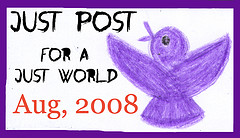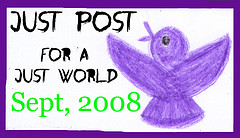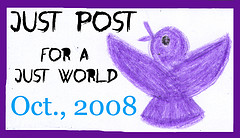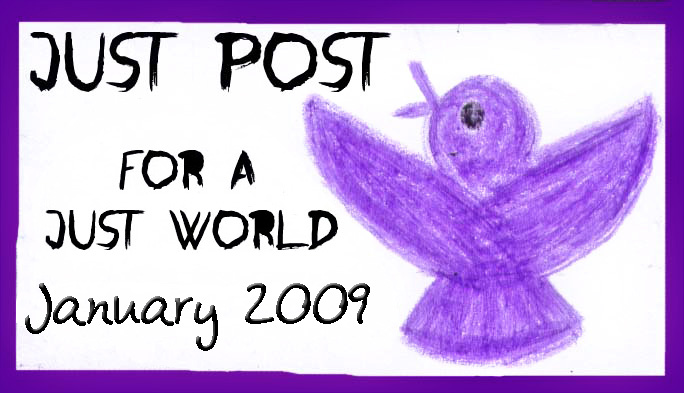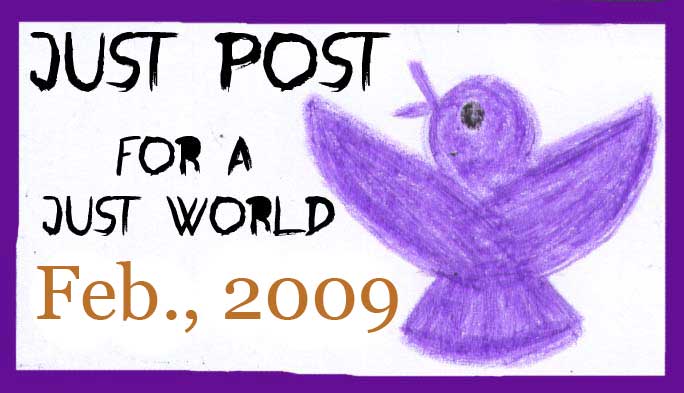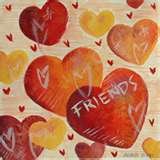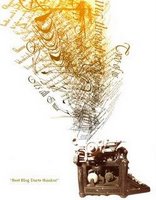One of the highlight performances of my life was having the pleasure of seeing Marcel Marceau first as himself giving a moving speech about his life, and then as Bip, giving a tribute performance which included vignettes from some of his most famous pieces. For several years through middle and high school, I participated in a summer arts program where classes included working with a professional Mime. Our teacher had studied with Marceau — she took us through rigorous conditioning exercises and precise body isolation movements. We learned of body alignment, symmetry, and gain perspective on how to present the body as a form. Over the three summers I participated in her courses, I gained deep appreciation for the art of mime and a sense of what makes it a unique and culturally valuable form of art. Telling a story without words, grounded to the earth (as opposed to dance) is something that has been done for centuries. Clowns mimic and play to an audience; mimes can be both literal and abstract, telling a story or generating an emotional response through reflections on a serious or topical issue.
The recent “mimes freak me out” craze I think reflects the fact that many street mimes are simply not very good, rather than commentary of the art in itself. When people say “mimes scare me,” I sometimes must agree, with the caveat that I actually love the art. (As an aside, the art of miming didn’t really take off as commedia del’ arte until two characters — Zanni alone had a reputation more for clowning than for serious performance. It may suggest that as an impromptu art, more than one performer is necessary. To solo mimes: either be REALLY good, or run the risk of coming off as creepy.)
Years later, during college, I participated in Antonio Fava‘s Commedia del’ Arte school in Reggio Nell’ Emilia, Italy. (Yup, that’s the same town that started the Reggio Emilia philosophy of education used at Abeona and where I was first introduced to it.) Antonio and his family were wonderful. The school was an incredible experience: intense (work 6 days a week with public showings began the second night of training and continued every other night following), interesting (learning the history of the art), and stimulating (seeing contemporary examples of how commedia reflects and responds to current political and social issues). Supporting this kind of art was why I studied it in the first place. Learning in that environment was humbling and gratifying.*
Recently, I’ve exchanged emails with Antonio and Dina — she provided a personal contact for the Reggio schools and we have been brainstorming possibilities for Antonio to visit the NOLA area on his next book tour. It would be wonderful if this could pan out: the kids would love it. And I would love to help inspire and educate our next generation about the beauty of telling a story without words.
—
*Although one might see my professional and personal journey through the arts to counseling to social justice and health as a winding road with no reason, I maintain that has been enriching and fulfilling, providing a broad and valuable foundation in all of my academic endeavors. A host of examples available. Particularly for parents (like my own) who first refused and then worried about sending their kids to college for a liberal arts degree.


